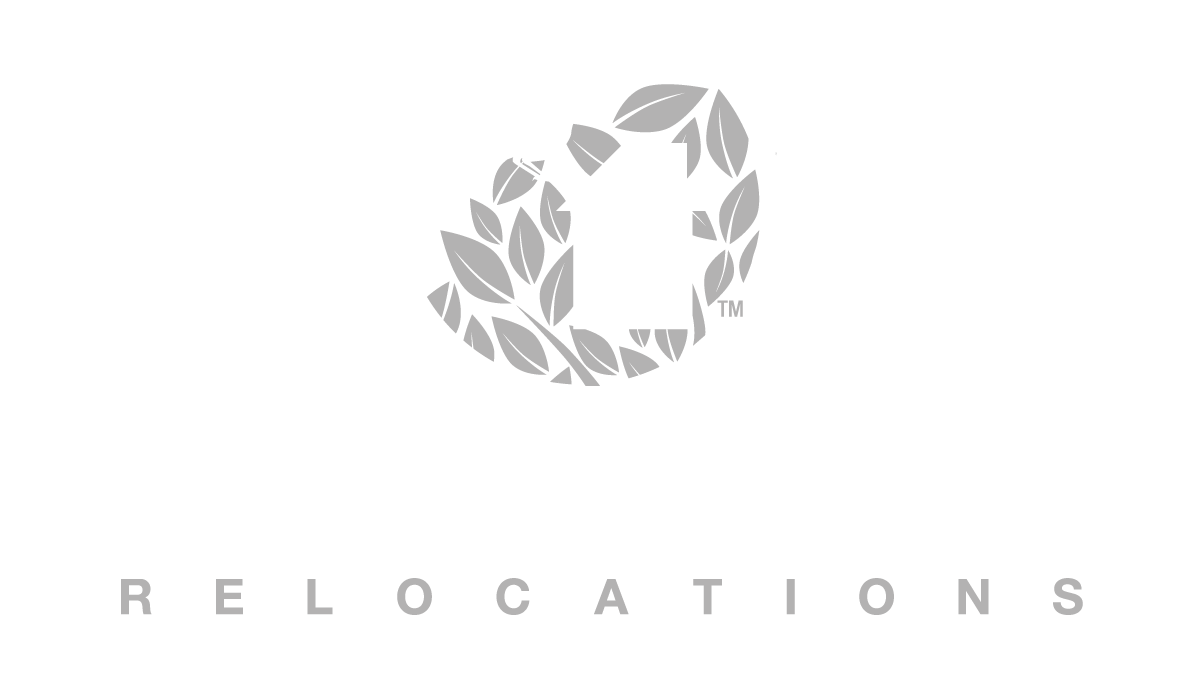The Six Seasons of W.A
/A Local Indigenous Perspective on WA's Weather
Spring, Summer, Autumn, Winter…these are the seasons taught to us at an early age and generally accepted worldwide. But much can be learned from the local Noongar Aboriginal people of Western Australia, who traditionally followed a calendar of six seasons.
These are: Birak, Bunuru, Djeran, Makuru, Djiba and Kambarang.
Western Australia’s Indigenous Noongar People
The local Noongar Aboriginal people (alternatively spelt Nyoongar) are one of Australia’s largest Indigenous groups, and have lived in the south-west of Western Australia for the past 45,000 years, from Geraldton on the west coast to Esperance on the south coast.
The Noongar people lived in harmony with the land and travelled according to their six seasons, which brought a change of weather, food sources and lifestyle.
These seasons were not locked in to the monthly calendar, but were determined by the prevailing weather conditions, and the emergence of various plants and animals. This meant that the length of each season changed according to what was observed in the environment.
The flowering of different plants, the hibernation of reptiles and the moulting of swans were all indicators that the seasons were changing. This knowledge was used to inform hunting and gathering strategies, including how and where to find food. With each season, the Noongar diet would change to match what was available.
The Noongar Seasons
Birak (approx. Dec-Jan): First summer
Dry and hot. The afternoons are cooled by the sea breezes that abound from the southwest. Also known as Season of the Young.
Bunuru (approx. Feb-Mar): Second summer
The hottest part of the year with little to no rain. Hot easterly winds continue with a cooling sea breeze most afternoons close to the coast. Also known as Season of Adolescence. Bunuru is a time of white flowering gums in full bloom.
Djeran (approx. Apr-May): Cool and pleasant
The winds lessen in their intensity to generally light breezes swinging from southerly directions. Also known as Season of Adulthood. Djeran is a time of red flowers especially from the Red Flowering Gum.
Makuru (approx. Jun-Jul): The first rains
The coldest and wettest time of the year with more frequent gales and storms. Also known as Fertility Season. Traditionally, this was a good time of the year to move back inland from the coast as the winds turned to the west and south.
Djilba (approx. Aug-Sept): The second rains/Growing season
A mixture of wet days with an increasing number of clear, cold nights and pleasant warmer days. Djilba is a transitional time of the year, with some very cold and clear days combining with warmer, rainy and windy days. Also known as Season of Conception.
Kambarang (approx. Oct-Nov): Wildflower season
Longer dry periods and a warm change. There is an abundance of colourful flowers, the reptiles start to awaken from their hibernation, and Magpies protect their nests. Also known as Season of Birth.
(Descriptions courtesy of the Bureau of Meteorology and the South West Aboriginal Land and Sea Council)
Traditional Knowledge Used Today
The Bureau of Meteorology recognises the value of the knowledge gained over thousands of years and collects climate information from Indigenous people around Australia. The Noongar seasons are also thought to be helpful when considering the effects of climate change on our environment.


























